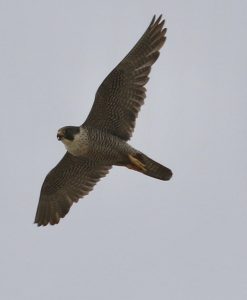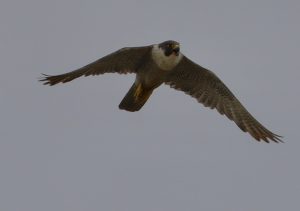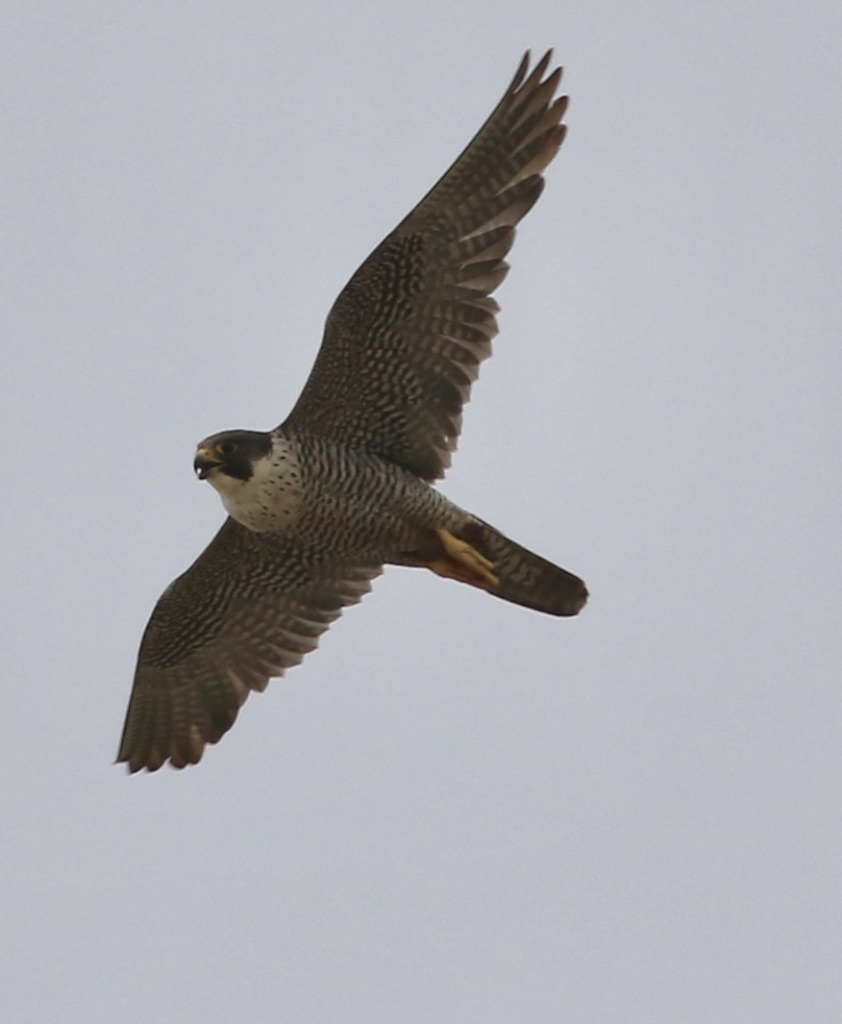18th July …..Close to where I live, I am very fortunate to have a lot of Limestone areas which gives rise to some very specialised habitats which are good for plants; particularly so for Orchids. Whilst out on a birding trip the other day my mate Alf and I discovered a large area that was carpeted with Pyramidal Orchids and some Common Spotted Orchids.
The Pyramidal Orchids were particularly impressive with their deep pink flower heads and it was quite easy to see how these elegant flowers got their names.
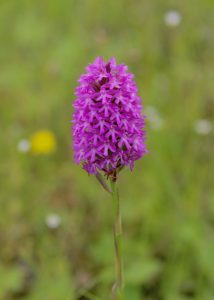

Pyramidal Orchid
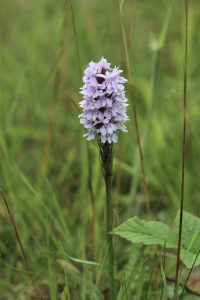
Common Spotted Orchid
It is encouraging to see that Peregrine Falcon numbers are now near their pre 1940 levels and that they are nesting in areas where they were once persecuted to the point of extinction on a county level. Peregrine Falcons unfortunately received a ‘double -hit’ in the 40s, 50s, 60s, and the early 70s.
Mainly from direct persecution i.e. Shooting, trapping and poisoning and the more insidious threat of chemical interference in their breeding cycle from DDT. The population of Peregrines shrank dramatically in the UK with a fragile population hanging on in the upland regions of England and Wales and the Scottish Highlands.
With the eradication of DDT, a huge conservation effort and a much more enlightened and informed public – Peregrine numbers began to increase. Fast forward to 2020 and now Peregrines are successfully colonising traditional country sites and breeding in many of our major cites and towns including: Derby, Manchester, Liverpool, Lincoln, Sheffield, Wakefield and York- there are even Peregrines nesting in the centre of London.
City dwelling Peregrines have traded in mountain crags and ledges for skyscrapers, telecommunication towers and some very iconic buildings such as Lincoln Cathedral and York Minster, to build their nests and raise their young. Recent studies have shown that some of these urban Peregrines are even hunting at night taking migrant birds as they pass over our city centres under the ‘protection’ of darkness.
28th July ….Recently it has been a great privilege for me to see and photograph some local birds – it was even better to see a juvenile bird flying with the female and begging for food; conclusive proof that they had bred in the local area. Let us firmly hope that they keep safe, fly free and come back to breed next year.
